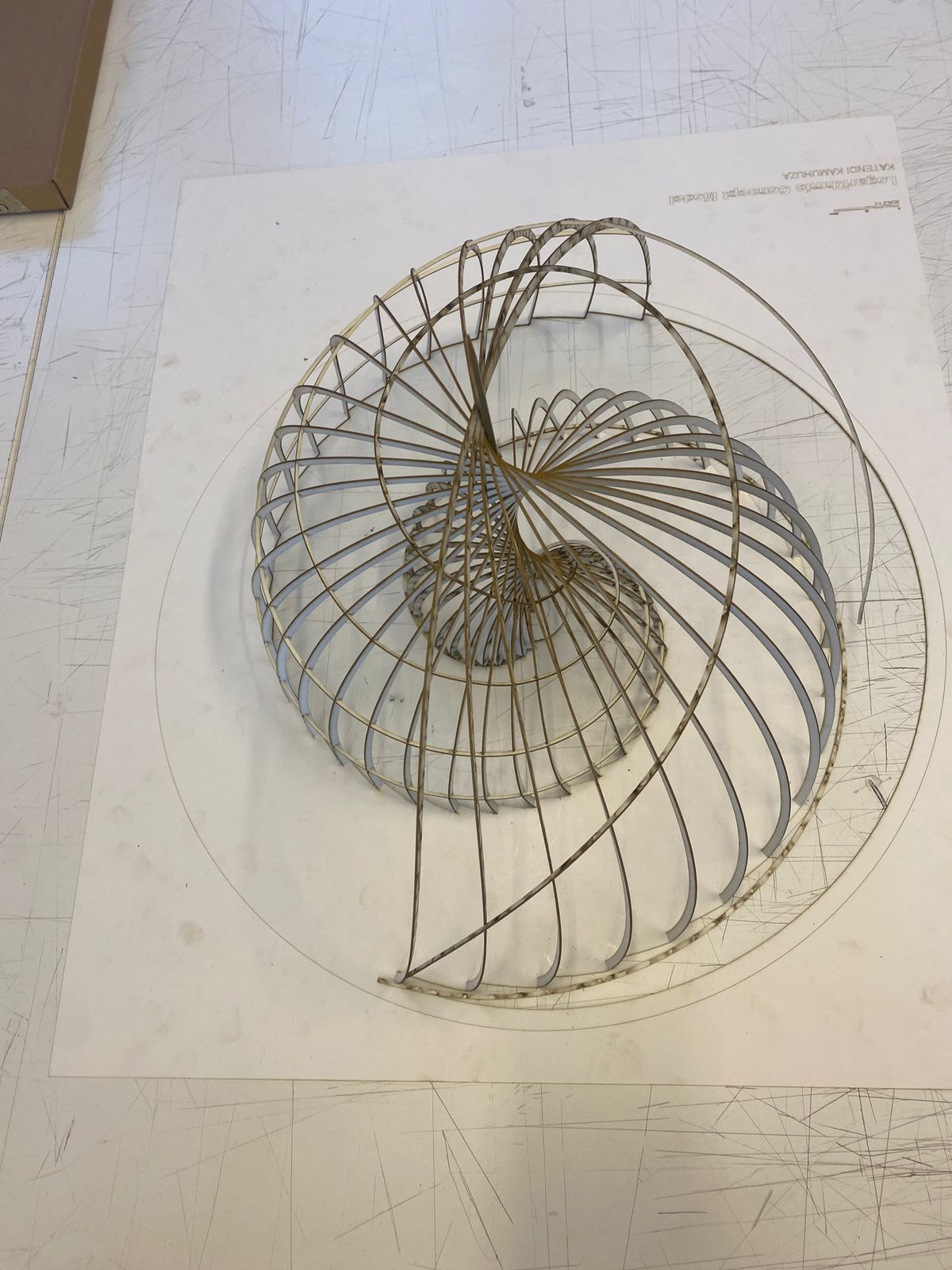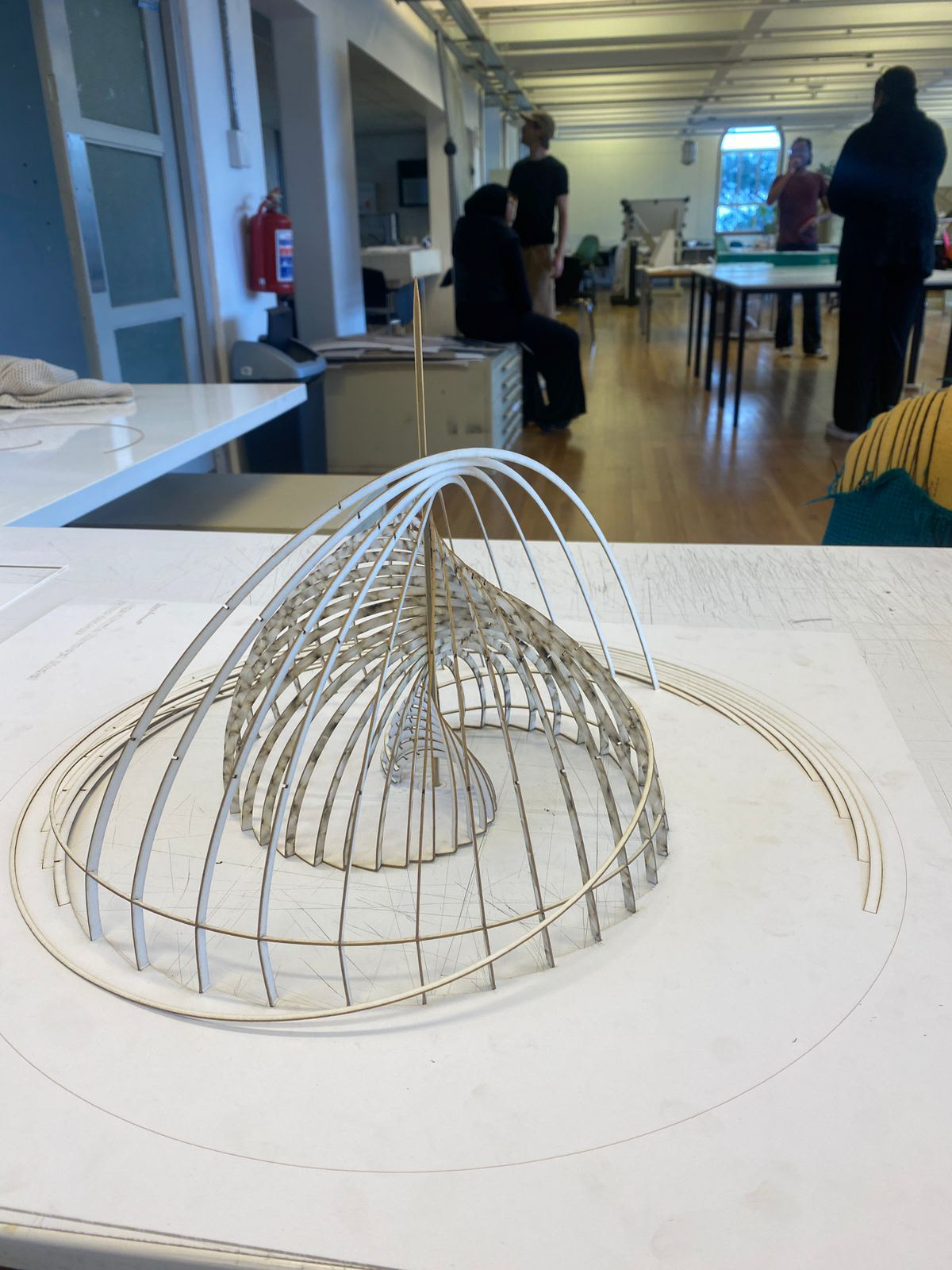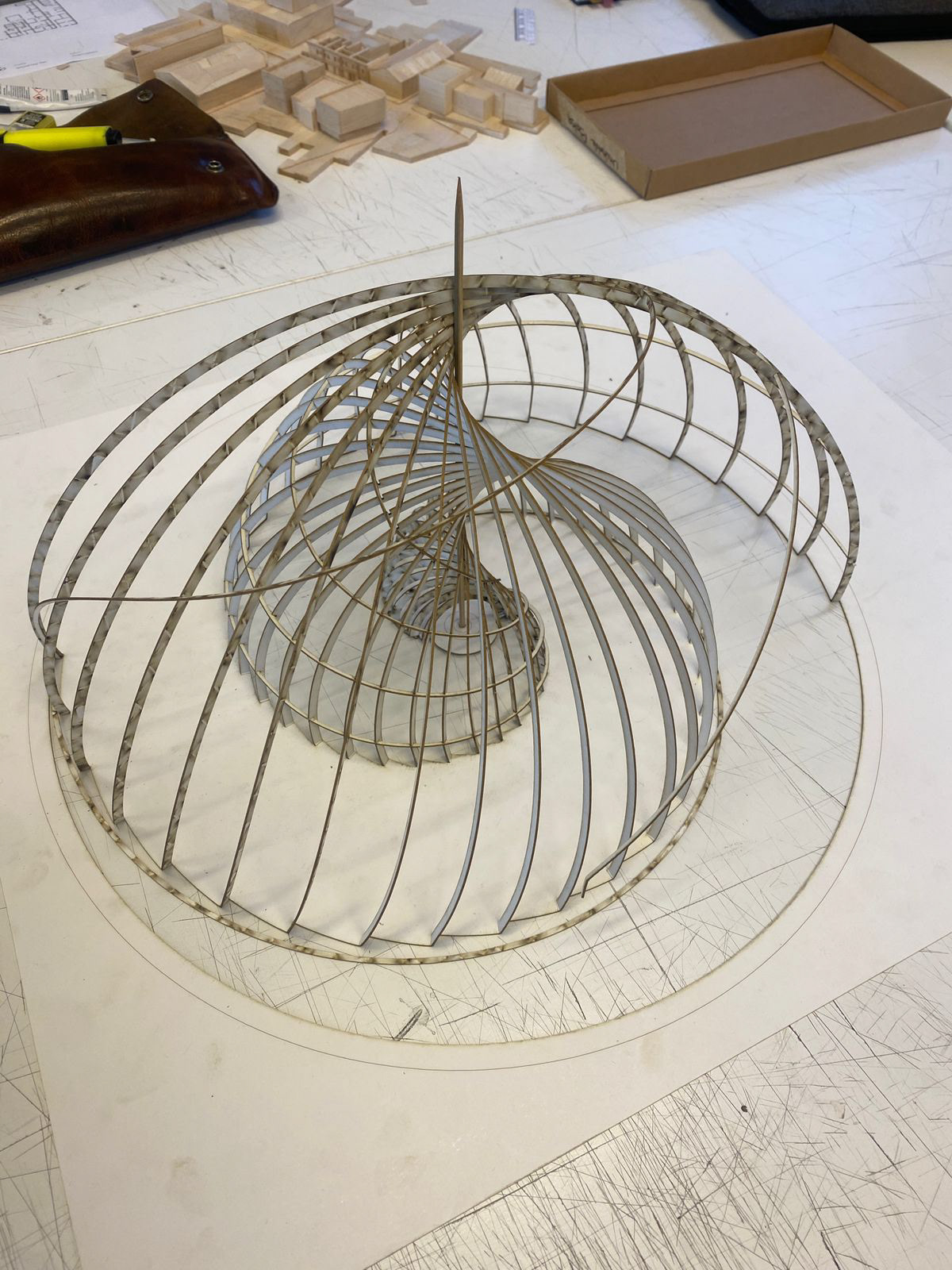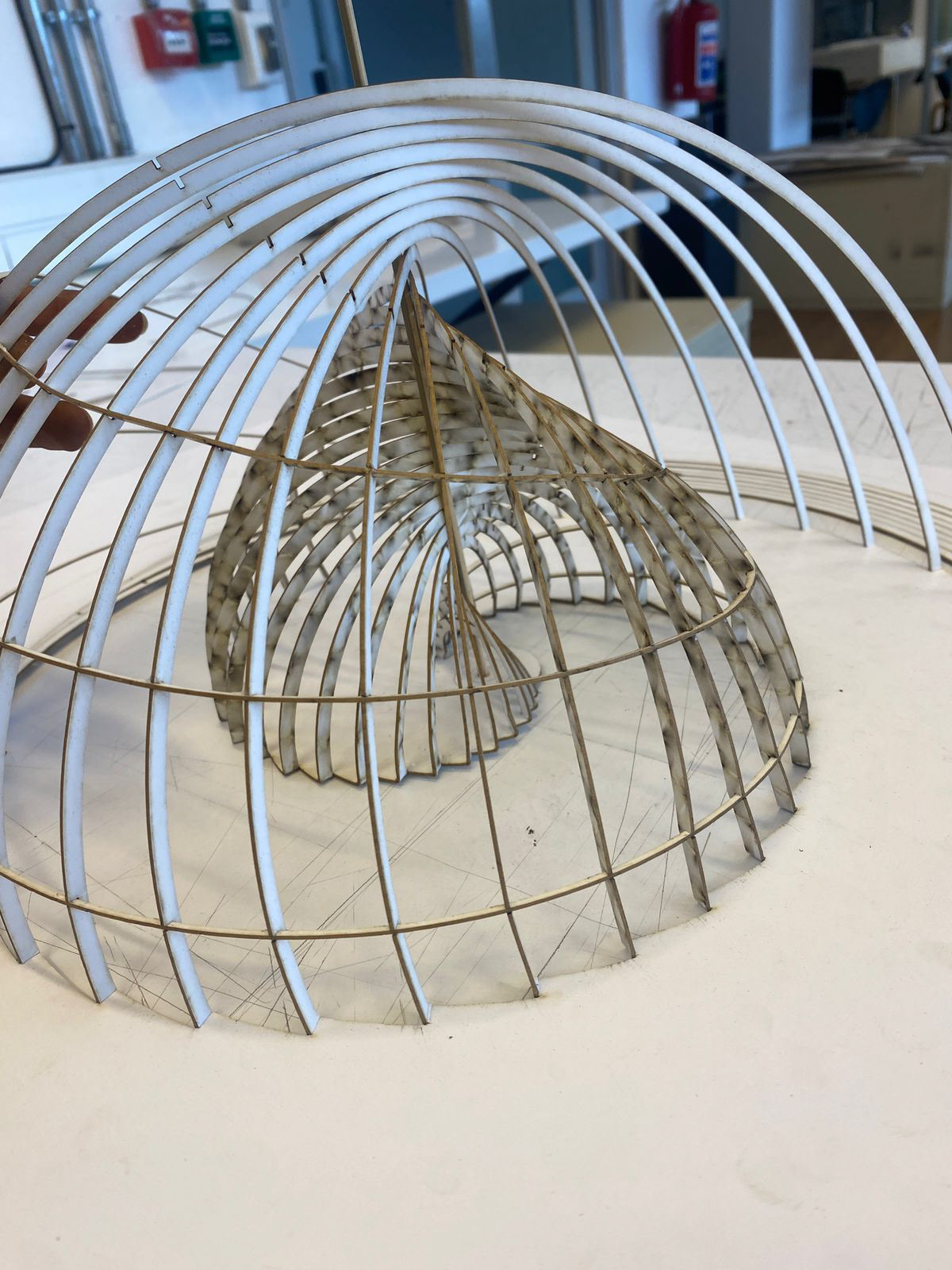



Masters in Architecture thesis Introduction:
“A significant portion of the earth’s population will soon recognize, if they haven’t done so, that humanity is now faced with a stark choice: Evolve or die.” Eckhart Tolle, A New Earth, 2016;21)
We stand at a critical juncture, facing a profound crisis that imperils our very existence – the crisis of our ego. Ancient wisdom recognized the pitfalls of the egoic mind over 2500 years ago, and now, amplified by the advances of science and technology, it threatens the survival of our planet as never before. Paul Gilding coined the term “Great Disruption” to describe our current and future crisis, which Thomas Friedman of the New York Times aptly summarized as the moment when “mother nature and father greed hit a wall at once” (QUOTE). This reflects a pervasive fear-based narrative about the future where the planet can no longer support what we need to survive as a species. This isn’t untrue as scientists and naturalists tirelessly remind us that unless we collectively undergo a transformation of human consciousness, we are hurtling towards the stark choice of evolution or extinction.
I am compelled to explore the concept of synthesis between humanity and nature through a built environment that cultivates the awakening of the human consciousness to interact with nature in a way that improves the living principles/values of man as a PART OF nature. The hope is that this activates humans’ intrinsic inclination towards nature and a desire to engage with living or lifelike organisms and processes (Wilson,1984).
Throughout history, designers and scientists have embraced nature’s influence, drawing inspiration from natural structures and processes such as the famous logarithmic spiral that was first described by Albrecht Dürer in the 1500’s (Hammer, Øyvind, 2016;173-175). Approaching the incorporation of nature into the built environment requires recognizing it as a multi-layered and intricate ecosystem
“The ecological view requires that we look upon the world, listen and learn” – Ian L. McHarg
Initially pioneered by Wilson, Stephen Keller formulated a comprehensive biophilic framework that comprises six dimensions and seventy principles (refer figure 4.2 under ‘Chisamba as a natural environment’) that will be the guiding tools used in the design deduction and analysis of Chisamba. Spirit of Place through geology and hydrology, Urban setting through formation of the town, and the Natural Environment will be headings to guide the understanding in how architecture can better connect place, people and nature.
Erich Fromm previously states in 1973 that biophilia was the “passionate love of life and of all that is alive…whether in a person, a plant, an idea, or a social group” (Fromm,1973). Through the connection of place, people, and nature, it is hoped that the spatial quality will stimulate the users into feeling more ‘grounded’ which can contribute to a sense of wellness or well being.
By examining the juxtaposition of urban life with the natural landscapes of Chisamba, and contemplating the potential for spaces that awaken a “transformed state of human consciousness” as noted by Eckhart Tolle (2016) this research endeavors to illustrate humanity’s intrinsic connection to the geographic and climatic upheavals of nature which should encourage the deliberate design for the positive evolution of our consciousness, thereby securing our survival.
The title "Sacred" aims to immerse the reader in a spiritual perspective, inviting them to contemplate the profound synergy with awe and respect. The symbiotic relationship between nature and humanity is something deserving of reverence and worship, and it should be consecrated accordingly.
